Back in the day, mobile phones (often referred to as handsets) came in different shapes and sizes. I’m sure you can still remember your dad’s Motorola StarTAC and Nokia 5110 or your tita’s Nokia 3310s or Motorola RAZRs.
We went from black and white to colored displays, monophonic to polyphonic ringtones, SMS to MMS, Blackberry Messenger, and emails — all the way to installing apps into our phones (remember installing JoikuSpot in your Nokia phone so you can enable hotspot on your 3G connection?).
These companies were trying to figure out the future of mobile communication and introduced a lot of innovation in that space. It was an exciting time and folks tend to buy new phones every 6 to 8 months. Mobile giants like Blackberry made a killing with the early smartphones.
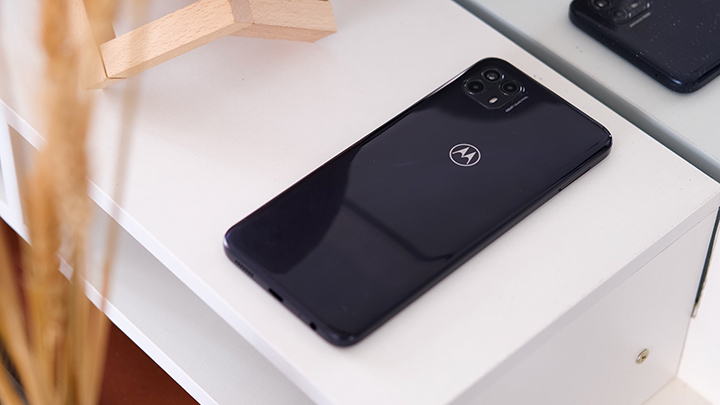
Then Apple came along and combined a mobile phone, an internet communicator, and the iPod line to form the iPhone in 2007, the leading industry players at the time scoffed at the news. Still, the iPhone, along with the debut of the App Store idea, delivered upheaval that the industry had been anticipating for some time, and most of these players were unprepared for it.

Apple’s supply chain model also aided the emergence of Chinese brands. It became far more accessible for these companies to obtain the parts they require, assemble a phone, slap on an Android skin, and sell the phone for a lower price than anyone else on the market. As a result, they made it even more difficult for the once industry pioneers to catch up and differentiate themselves.
So, we ask the question, what went wrong?
Table of Contents
Once the pioneer and the largest player in the mobile communications space, the pioneer tried holding on to Symbian when it became clear that the growth of the iOS and Android operating systems threatened their very existence. It briefly tried to establish Windows Mobile as the third ecosystem. Still, in the end, it was forced to sell its mobile business to Microsoft in 2014, with the latter recording losses and “closing the business” in 2016. We all know that Windows phone ultimately failed for lack of apps, leading to a chicken and egg situation where consumers wouldn’t buy the phones and app makers wouldn’t bother because of a low user base.

HMD Global bought the Nokia feature phone business from Microsoft and entered into a licensing agreement with Nokia to sell Nokia branded Android smartphones. Initial releases like the Nokia 7 plus combined brand nostalgia, a clean Android build, and some solid design choices to sell devices.
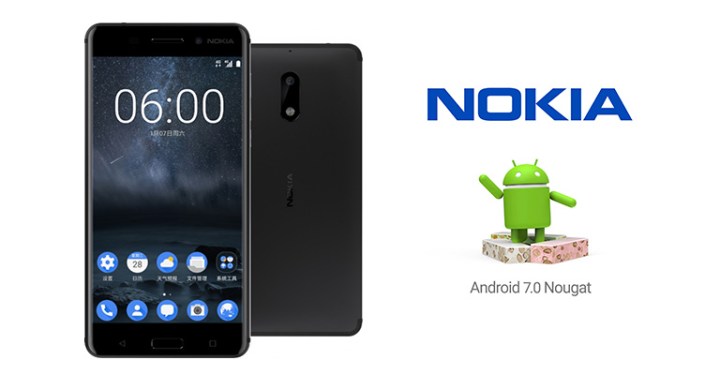
While the initial releases under HMD received critical acclaim, successive models have been criticized for using older chips and even failing on its commitment to bring updates to its flagship Nokia 9 Pureview, which the company attributes to its partner going out of business. As a result, HMD still sells mainly entry-level and low-end Android devices, along with its feature phones, which some quarters believe to be their acknowledgment that the mid-range and high-end phone segments are tough to crack.
Nokia Corporation is still around, focusing on its networks and intellectual property businesses.
Blackberry’s claim to fame was its Messenger service and smartphones that featured keyboards that critics loved. Unfortunately, like Nokia, it held on to these early strengths too long and couldn’t survive the onslaught of the iOS and Android OS and was also late into the game with its own Blackberry 10 OS. So it pivoted to using Android in 2015 and outsourced its production to TCL Corporation, eventually moving all aspects of the Blackberry mobile business and granting TCL a global license to produce and sell Blackberry smartphones.
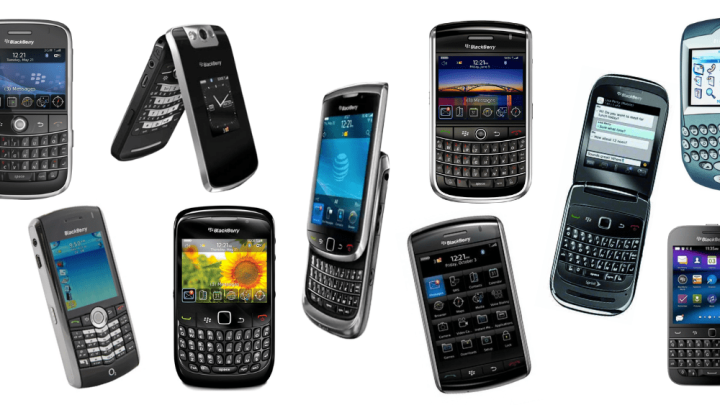
This license expired in 2020, and it looks like there’s a slim chance we’ll get to see a Blackberry branded smartphone in the near term. Blackberry Limited, formerly known as Research in Motion, pivoted itself to become a cybersecurity software company.
Palm Inc. popularized Personal Digital Devices and was one of the pioneers in the smartphone space, with its Treo line of devices. However, the rise of smartphones hurt the company’s bottom line and tried to keep up with its webOS Operating system launched in 2008 with the Palm Pre. While the device was favored among critics, it was not enough to keep the company profitable and was eventually sold to HP in 2010.

HP didn’t have any luck with the company and sold the team and the patents behind webOS to LG, and the Palm trademark to TCL Corporation in 2013 and 2015, respectively.
Another industry pioneer, Motorola, found little success outside of its famed Razr phone lineup and suffered losses in 2007, while some key people left for Apple in 2008. With the ongoing Global Financial Crisis, the company decided to separate its enterprise and consumer-facing aspects of the business, forming Motorola Solutions for the former and Motorola Mobility for the latter.

Motorola Mobility was sold to Google in 2012 for US$12.5 Billion and hoped that the Google deal would boost the brand and give the market bloat-free Android smartphones at lower price points than the Nexus-branded smartphones that Google was selling.
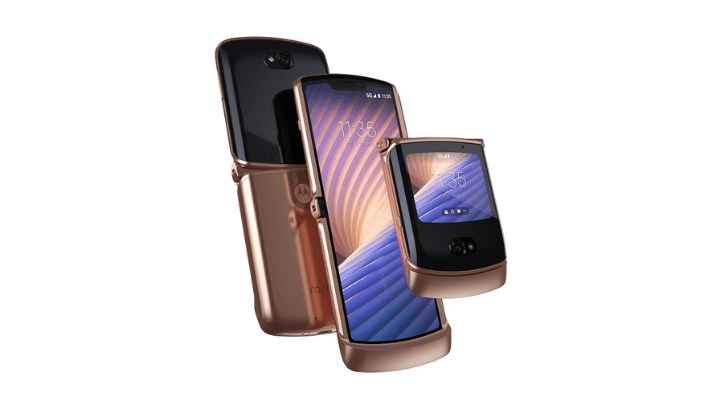
Unfortunately, this relationship didn’t last long, and Google sold Motorola Mobility to Chinese company Lenovo for US$2.91 Billion. Google was only interested in the company’s intellectual property as it retained ownership of the majority of its patent portfolio, pending patent applications and invention disclosures at the time.

Lenovo integrated Motorola Mobility with its existing mobile phone business and continues producing and selling android phones today. However, the company has a lousy reputation for after-sales support and a lack of differentiation among various models.
Sony Ericsson was formed in a merger in 2001 between Sony’s entire handset division and Ericsson’s Mobile Communications Division to shore up Ericsson’s business that suffered because of a fire in one of its key facilities the year before. Sony bought Ericsson’s stake in 2012 and phased out the use of Ericsson in its mobile phones.
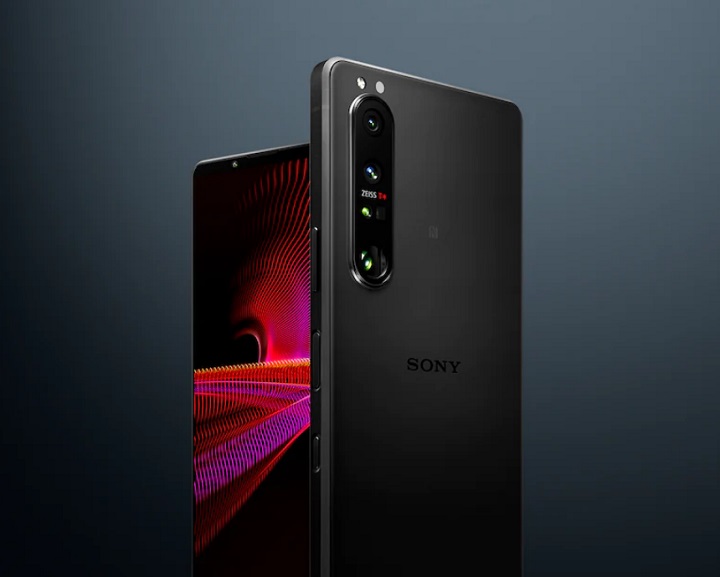
Despite the company’s innovative heritage, the smartphones produced under Sony’s guidance started feeling more iterative than innovative. Moreover, it failed to utilize its camera technologies to differentiate itself from the market. Combined with a more expensive price range than its peers, the brand slowly lost its competitive edge in the market to a point where critics were expecting the company to shut its smartphone business down. Still, they managed to survive streamlining the company and focusing on niche products like 2021’s Xperia 1 III.
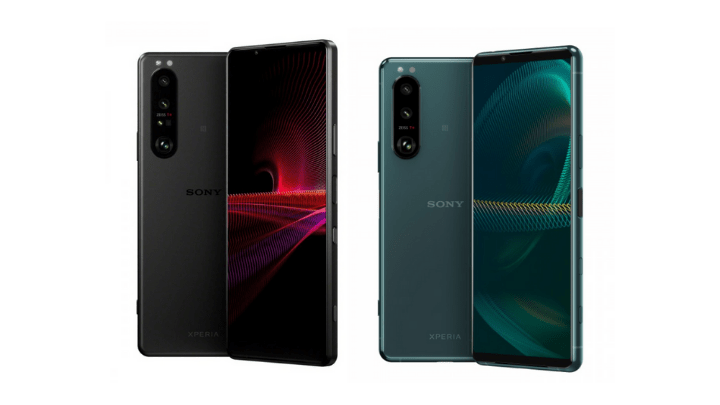
Mobile phones are just one small portion of Sony’s overall business. Aside from its other electronics products and PlayStation consoles, Sony’s image sensors are used in many smartphones today.
Ericsson still exists as a multinational networking and telecommunications company, mainly competing with Nokia Networks and Huawei’s infrastructure business.
HTC had a lot of firsts in the Android space, from bringing the first-ever mobile phone powered by the OS in 2008, the first Android Skin in 2009, and the first Android Smartphone with dual rear cameras in 2014. Compared to Nokia, it pivot early to Android and enjoyed success in the early years of the Android OS.
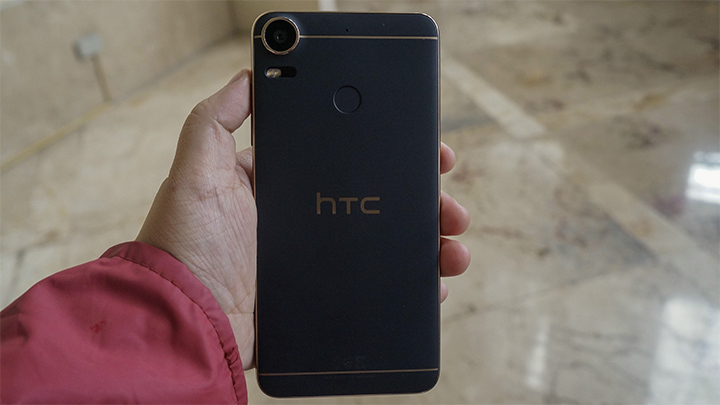
It ultimately suffered because it stretched itself too thin by releasing too many phone models with little distinction while rivals easily outspent them in the marketing department.

Seeing that it couldn’t compete in the market with the heavyweights like Apple and Samsung, it decided to focus on the Internet of Things and Virtual reality with the unveiling of the Vive Virtual Reality Headset in 2015. HTC sold a significant portion of its engineering talent involved in the Google Pixel smartphone to Google in 2018. HTC continues to manufacture Google’s Pixel smartphones.
LG Electronics launched an impressive line of mobile devices over the years and was Samsung’s main rival in their home country, South Korea. Although it enjoyed early success with LG G3 and V40, its failure as a mobile device manufacturer came down to its poor customer support, poor marketing, and subsequent attempts to differentiate its products that backfired in terms of sales.
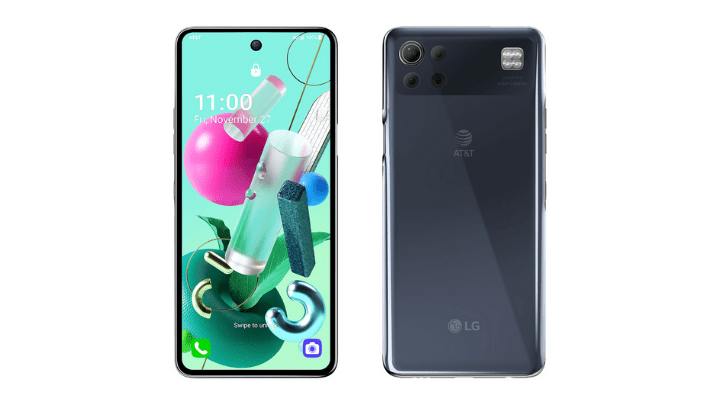
Despite the troubles that the other brands mentioned in this article have, LG has become the first major smartphone brand to completely withdraw from the market after years of poor sales and stiff competition from rivals Samsung and other Chinese brands.
The LG Group is still a player in the mobile communications space. LG Display is one of the significant suppliers of smartphone displays, and LG Chem produces Lithium-Ion Batteries.
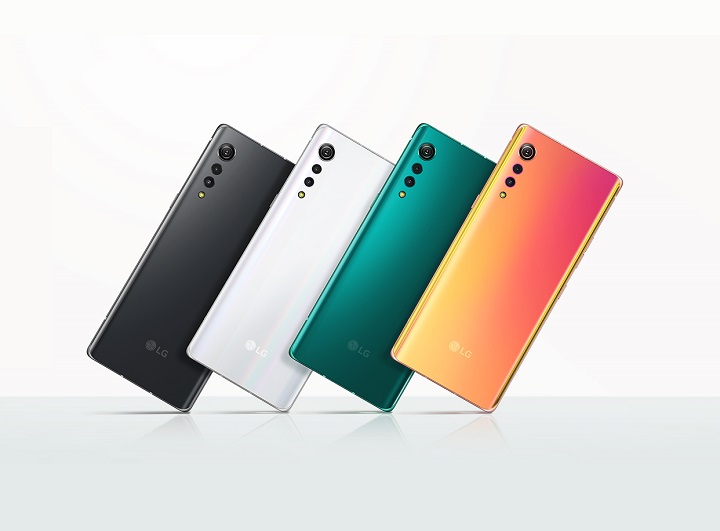
Ultimately, these companies could not anticipate the disruption Apple’s iPhone brought to the market and found themselves in a survival mode when they realized the gravity of the threat posed by the iPhone. Those who managed to pivot early found initial success but failed because of poor software support, lack of differentiation among its products, and paltry marketing budgets that further eroded brand visibility and recognition. Those who tried going the third route ultimately failed because they were late to the market and lacked access to services consumers have come to associate with smartphones.
While some of these brands are barely surviving in the market, they are beginning to rely on other business units to thrive. It’s too bad that most of these brands tried to innovate the smartphone concept. Still, the staying power of an all-touchscreen experience, operating systems that you set and forget, and app stores that provide everything you need have sold more units than anything else.

YugaTech.com is the largest and longest-running technology site in the Philippines. Originally established in October 2002, the site was transformed into a full-fledged technology platform in 2005.
How to transfer, withdraw money from PayPal to GCash
Prices of Starlink satellite in the Philippines
Install Google GBox to Huawei smartphones
Pag-IBIG MP2 online application
How to check PhilHealth contributions online
How to find your SIM card serial number
Globe, PLDT, Converge, Sky: Unli fiber internet plans compared
10 biggest games in the Google Play Store
LTO periodic medical exam for 10-year licenses
Netflix codes to unlock hidden TV shows, movies
Apple, Asus, Cherry Mobile, Huawei, LG, Nokia, Oppo, Samsung, Sony, Vivo, Xiaomi, Lenovo, Infinix Mobile, Pocophone, Honor, iPhone, OnePlus, Tecno, Realme, HTC, Gionee, Kata, IQ00, Redmi, Razer, CloudFone, Motorola, Panasonic, TCL, Wiko
Best Android smartphones between PHP 20,000 - 25,000
Smartphones under PHP 10,000 in the Philippines
Smartphones under PHP 12K Philippines
Best smartphones for kids under PHP 7,000
Smartphones under PHP 15,000 in the Philippines
Best Android smartphones between PHP 15,000 - 20,000
Smartphones under PHP 20,000 in the Philippines
Most affordable 5G phones in the Philippines under PHP 20K
5G smartphones in the Philippines under PHP 16K
Smartphone pricelist Philippines 2024
Smartphone pricelist Philippines 2023
Smartphone pricelist Philippines 2022
Smartphone pricelist Philippines 2021
Smartphone pricelist Philippines 2020
ma says:
I, for one, miss the Sony flagships being released here so I’m getting the S22 Ultra.
M.P. Mehwala says:
Nice.Very exhaustively commented. Thanks.